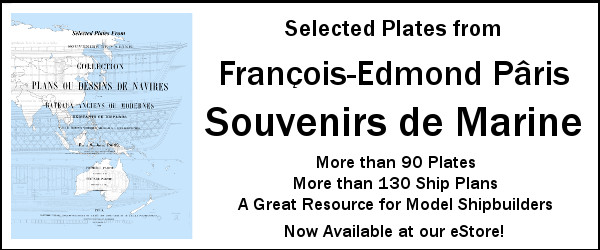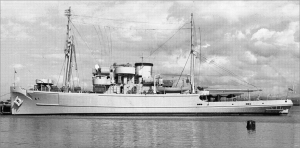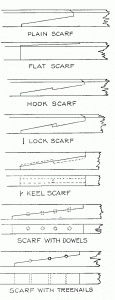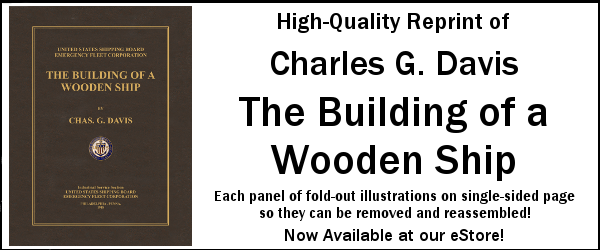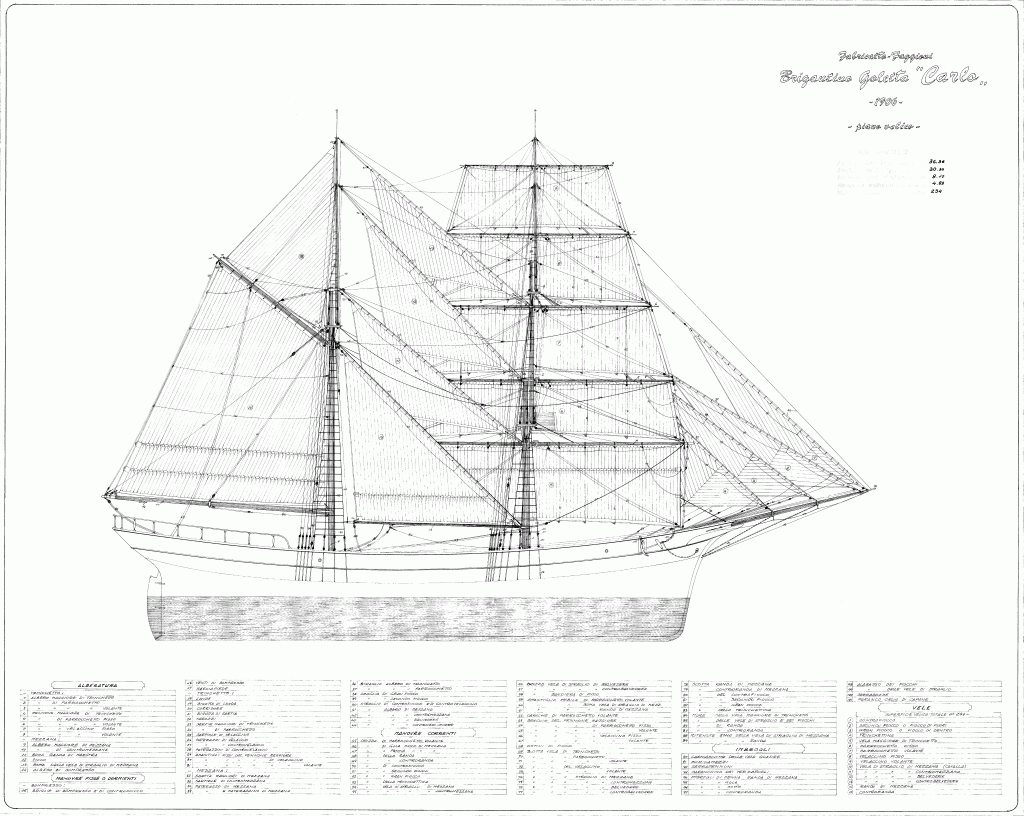Waste Less Wood than Cutting a Solid Block
Using the Bread-and_Butter Technique for Solid Hull Model Ship Construction
Ship Plans Provide Everything You Need to Scratch-Build a Red Sea Dhow
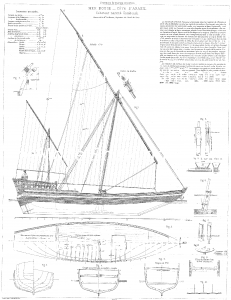 |
| Red Sea Dhow |
In our series Scratch-building a Bread-and-Butter Solid Hull Ship Model we discuss the popular method of scratch-building a solid hull for larger ship models, called the bread-and-butter technique, that reduces the thickness (and expense) of wood needed as compared to the solid block method.
This method uses the waterlines from the ship plan to cut out several planks that will be layered like slices of bread to create the solid hull, and glued together (the butter).
A major advantage of this method - in addition to less cost for wood than a solid block - is that since each plank is cut to the breadth of the hull at a certain level, there is less filing and sanding to reach the final shape than a single block of wood, which must be cut to the widest breadth of the hull.
